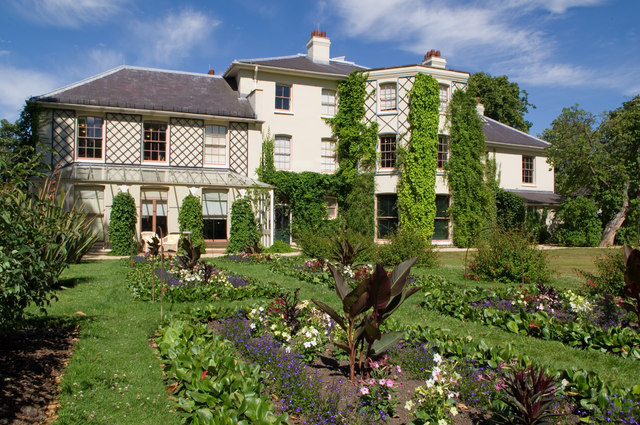- Home
- Local History
- Darwin, his Theory and Down House
Darwin, his theory and Down House
Written by Pam Preedy.
In the little village of Downe^ lived one of the greatest scientists, Charles Darwin, who wrote ‘On the Origin of Species’ published in 1859. He was the grandson of Erasmus Darwin and he proposed different aspects of what later would become evolutionary theory or ‘survival of the fittest’.
Born in 1809, Darwin lived in Shrewsbury, Shropshire. from a young age he was fascinated by nature, reading books on the subject and exploring the fields and woodlands around his home and collecting plants and insects. In 1825 he enrolled in medical school at the University of Edinburgh. He was so traumatised by witnessing a child undergoing surgery, at a time before anesthetics or antiseptics, that he gave up his studies and went to Cambridge University to study theology.
Then in 1831 he embarked on an adventure of a lifetime and spent five years on HMS Beagle as naturalist and companion to the ship’s captain, Robert FitzRoy. He explored remote regions and marvelled at a world so different from the one he know. He saw birds with blue feet and giant tortoises. He noted encounters with these ‘new’ creatures and collected plants, animals and fossils. he took copious notes of everything, which provided the evidence he needed to develop his theory of the evolution of species and natural selection.
He was not alone in studying these ideas of evolution. He became aware that Alfred Russel Wallace, working by that time in the Malay Archipelago, was arriving at similar conclusions. A letter to Darwin drew his attention to this fact. For Darwin it was essential he should be the first to publish, but they could not ignore Wallace’s work. It was decided that Darwin would present a paper to the Linnean Society in London, where he made a joint announcement of their theory of evolution in July 1858. In 1859 Darwin published his book ‘On the Origins of Species‘. It caused great conflict and an outcry from the Church. People were outraged by the thought tat man and monkey may have shared common ancestors.

Life continued; Darwin married Emma Wedgewood on the 29th January, 1839. At first they lived in London, but in 1842 they moved into Down House. The house was built in the early 18th century and changed hands several times before they moved in. Once there they proceeded to remodel it. They brought up their ten children (though only seven survived beyond the age of ten). the house also became the place where he could study and carry out his research.
Among many things connected with evolution, he studied earthworms with his children. Every morning they observed and recorded the habits of earthworms and their effects on soil formations; he estimated that earthworms could move eight tons of earth, rich in nitrogen, phosphorous and calcium, in a year!
Darwin continued to work in Down House until his death on the 19th April 1882. His family kept the house until the turn of the century when it was let out as a private residence and then leased to tenants in 1907, who founded Downe House School for Girls. Another school took its place, but then it was left empty for a few years and fell into an increasing state of disrepair.

In 1927 it was put up for sale. Sir Arthur Keith (1866 – 1955) appealed for public support and funds were provided by surgeon Sir Georg Buckston Browne (1850 – 1945), who bought the house for £4,250. Repairs and alterations cost up to £10,000. In 1929, he also provided an endowment of £20,000 to preserve it as a permanent memorial to Darwin, used for the benefit of science and kept open and free for visitors. Between 1953 and 1996 it was under the custody of the Royal College of Surgeons and run as a museum.
Then, in 1996 the house passed into the care of English Heritage. The house and its contents were bought with the support of the Wellcome Trust and the Heritage Lottery Fund. It has been repaired and renovated and can now be visited by everyone in its beautiful location.
Originally published in Life in Bromley magazine (Issue 18, August 2023)
^ Located within the London Borough of Bromley but beyond the London urban sprawl.
